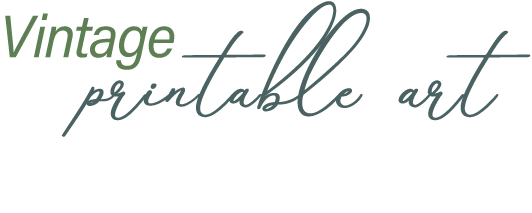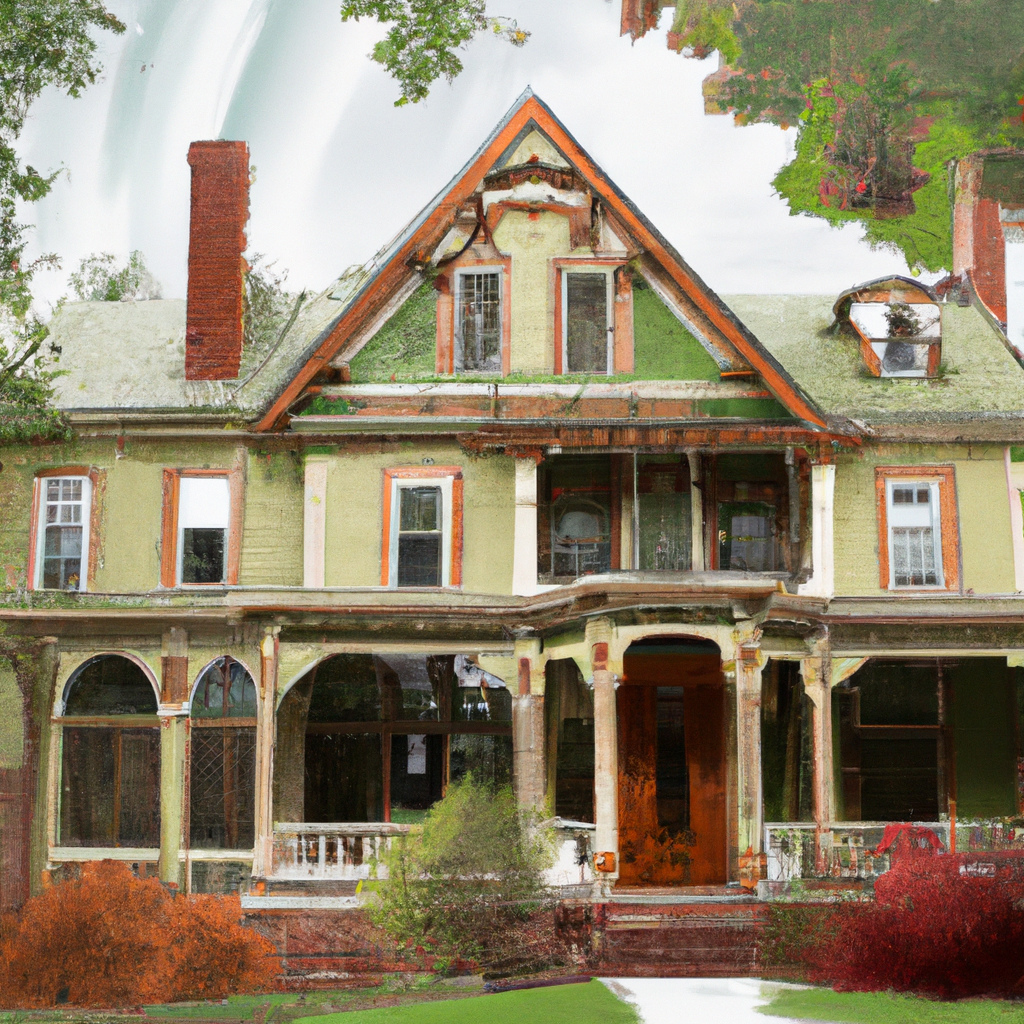Popular Colors of Victorian Homes
When talking about old Victorian Homes, one may wonder which colors fit best. Popular shades included deep reds, hunter greens, navy blues, rich browns, and soft creams. These hues should be complemented with accent colors.
- Deep Reds: Symbolizing luxury, this color was often seen on doors and window trims.
- Hunter Greens: Earthy tones that represented nature.
- Navy Blues: This timeless color showed sophistication.
- Rich Browns: Used for exterior and interiors, these colors evoked earthiness.
- Soft Creams: To decorate intricate designs without overshadowing them.
In the mid-Victorian period, a high contrast style was popular. Later, more toned down colors were preferred. Bright oranges and yellows were also used in rooms without natural light or during winter months.
Queen Victoria was fond of a bright blue. Hot baths were even known as “bathing in a sea of Victoria.” Though exterior colors are known for Victorian homes, a bright yellow house with purple trim is unlikely to be mistaken for a subtle work of art.
Exterior Colors
To make your Victorian home stand out, you need to choose the right exterior colors. Bold and dark shades can add a dramatic touch to your home’s look. If you prefer a natural look, go for earthy tones. Meanwhile, light colors can draw attention to the details of your home’s ornate elements.
Bold and Dark Shades for Victorian Homes
Darker, bolder hues can add curb appeal to Victorian-style dwellings. These striking colors bring out ornate details and give a grand feeling. Try dark blues, greens, plums, and even blacks to make an alluring façade. Use lighter trimming to create contrast and make the home look more substantial.
Remember that not all Victorian homes are the same. Muted colors, like sage or soft pink, can work better with stained glass windows or arches. Turrets and gingerbread trimmings blend better with bold purples or deep reds.
Think about durability when choosing exterior colors. Pick paints that hold up well against weather wear-and-tear. According to Zillow, painting your front door black can add almost $6k to the house’s perceived value. Embrace nature with earthy tones to make your house look like it grew from the ground.
Earthy Tones for a Natural Look
If you want to bring calmness and warmth to your home’s exterior design, use natural and earthy colors. Hues ranging from sandy beiges to deep browns can create a tranquil yet inspiring feel. These tones reflect nature and help your home blend in with its surroundings.
When selecting these colors, think about your environment. Different shades suit different landscapes, so choose wisely. For example, if you live near water, use shades of green and blue.
You can even combine earthy tones with others, like slate grey or white, to get a modern look. These colors are great for homes located in wooded or mountainous areas.
A friend painted their house in burnt sienna and raw umber, perfectly matching the oak trees’ deep brown leaves. This inspired the whole neighborhood to embrace the trend! Or, if you want to show off your home’s details, use light colors like highlighter.
Light Colors to Highlight Ornate Details
Highlight your exterior’s ornate details with light shades like beige, cream, ivory and white. These hues amplify the intricate details of your property while creating a bright and bigger look. Plus, they mask dirt and stains better than darker colors.
For extra pizzazz, accentuate your main color scheme with a contrasting hue.
Remember to stay in line with the aesthetics of your neighbourhood. To ensure your perfect color combo doesn’t change with the seasons, test out the hues during different times before deciding. Now let your home become a modern art masterpiece with these interior colors!
Interior Colors
To enhance the Victorian charm of your home with perfect interior colors, consider rich and dramatic shades for a regal feel, delicate and soft hues for feminine appeal, or joyful and vibrant colors for a playful touch. In this section, we will elaborate on each of these sub-sections and lay out the unique benefits they have to offer.
Rich and Dramatic Shades for Victorian Interiors
Victorian interiors are known for their opulence and extravagance. To achieve the desired look, certain rich and dramatic shades work well. Deep burgundy, emerald green, midnight blue, and aubergine are great color choices to capture the era’s grandeur. Metallics like brass, gold, and copper can be added. Wallpapers with intricate patterns featuring botanical elements or fluted scrolls in fabrics like velvet are great accents.
Creating contrasts between lighter shades like ivory or cream walls and dark furniture creates an atmosphere of sophistication. To enhance the overall richness of the space, add drapery in textures like chiffon or silk in deeper hues for an extravagant touch. Finally, add decor items in gold or silver, like ornate chandeliers or candle stands, to bring everything together.
For those wanting a subtler old-fashion charm to their interiors, muted greens underpin accents with warm undertones to create depth and interest. To achieve a stylish Victorian touch, consider incorporating rich colors thoughtfully through textiles, metal decor pieces, and traditional period fixtures. Who needs a man to bring the delicate and soft hues when you have interior colors that can do it just as well?
Delicate and Soft Hues for Feminine Appeal
Delicate and soft colors can have a strong feminine appeal. They bring a sense of calmness and tranquility to any space. These light hues create a warm and inviting atmosphere, ideal for decor and curtains.
Blush pink, lavender, pastel blue, and mint green are some of the delicate shades that add elegance to any decorative element. Their subtlety is perfect for enhancing the feminine ambiance.
These colors are associated with nature’s purity and serenity, and they work great in bedroom environments due to their lulling properties. Pastel blue is soothing, while pale pink sets the backdrop for other energising colors.
It wasn’t until around 1920 when feminine influence made an impact on design culture. It originated in French designers admiring Sultide from Versailles, with pink decorative approaches. This gradually spread to Great Britain, where domestic art styles adapted to changing times with male/female aesthetic elements.
Who needs a ball pit when you can enjoy vibrant colors in your living space?
Joyful and Vibrant Colors for a Playful Touch
Interior design lovers are always looking for fun, new ways to revamp their spaces. Vibrant colors can give any room a lively touch. Mix subtle pastels with bright shades for a unique style that fits your personality. You can even use colors strategically. Try an accent wall or throw pillows in a bold hue to draw attention to certain parts of the room.
Did you know that playing with colors is centuries old? Ancient people believed that chromotherapy, or color therapy, could improve mental and physical health. Yellow was for joy, green was for relaxation, blue for serenity and red for passion and energy.


